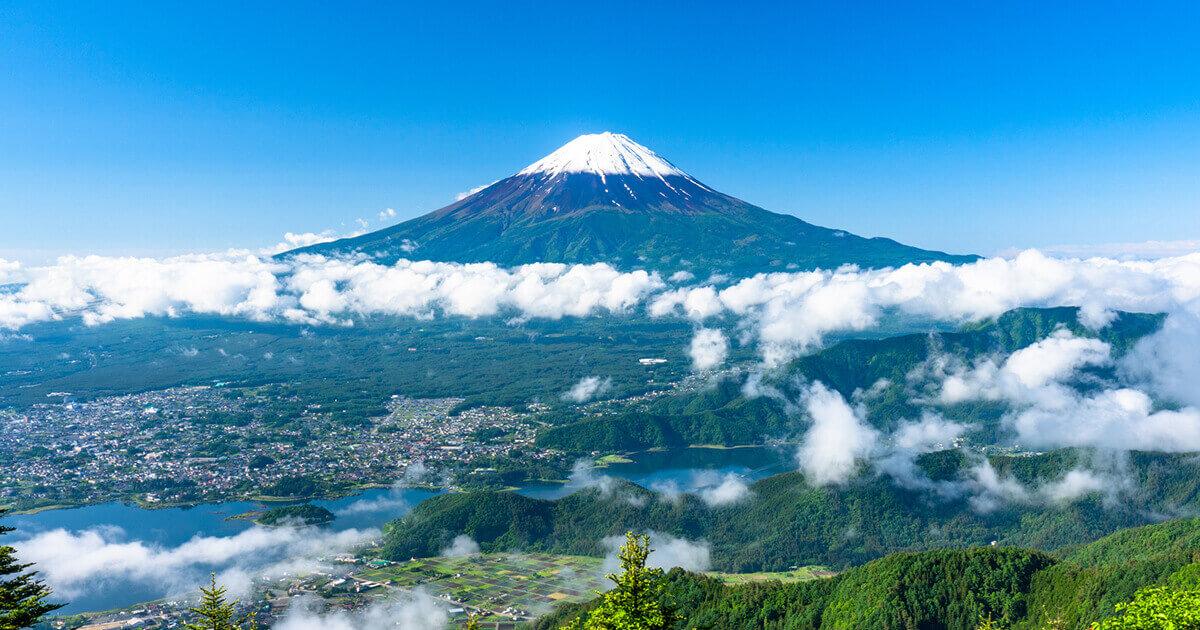The iconic Mt. Fuji, standing tall and majestic at 3,776 meters, is Japan's highest peak and a symbol of natural beauty and cultural significance. Located just a couple of hours from Tokyo, it's a must-visit destination for travelers seeking adventure and breathtaking vistas. Planning an MT Fuji day tour requires careful consideration and a bit of insider knowledge to ensure you make the most of your trip. In this guide, we'll take you through the essential tips and tricks to plan the perfect Mount Fuji day tour.
Selecting the Right Season
The first step in planning your Mt. Fuji day tour is choosing the right season. Mount Fuji's visibility and surroundings vary significantly depending on the time of year. For the best views and hiking conditions, consider visiting during the late spring or early autumn. During these seasons, the weather is more stable, and the skies are clearer, offering the ideal conditions for breathtaking photographs.
Deciding on the Perfect Base
While planning your day tour to Mt. Fuji, selecting the right base location is crucial. The most popular bases are the Fuji Five Lakes (Lake Kawaguchi, Lake Yamanaka, Lake Motosu, Lake Sai, and Lake Shoji) and the Fujiyoshida area. Lake Kawaguchi is the most developed and offers a wide range of accommodation options, making it a popular choice. Each base has its unique charm, so consider your preferences for proximity to the mountain, available amenities, and desired activities.
Transportation to Mount Fuji
The most convenient way to reach Mt. Fuji from Tokyo is by taking a bus or a train. Buses depart from various Tokyo stations and are a direct and cost-effective option. Alternatively, you can take the Chuo Line train to Otsuki and transfer to the Fujikyuko Line, which will take you to the Fuji Five Lakes area. Planning your transportation ahead of time is essential to avoid any last-minute hassles.
Hiking Routes and Trails
Mount Fuji offers several hiking routes, each with its unique characteristics. The most popular route for day tours is the Yoshida Trail, which starts at the 5th Station and leads to the summit. It is the most accessible and well-maintained path, making it suitable for hikers of all skill levels. However, other routes like Subashiri, Gotemba, and Fujinomiya also offer fantastic experiences, so choose the one that aligns with your preferences and physical abilities.
Packing Essentials
When planning a day tour to Mt. Fuji, packing the right essentials is vital. Be sure to include warm clothing, rain gear, sturdy hiking boots, a headlamp or flashlight, food, and plenty of water. The weather on the mountain can change rapidly, so dressing in layers is advisable to adapt to changing conditions. Don't forget to pack your camera to capture the awe-inspiring scenery along the way.
Safety Considerations
Safety should be a top priority when planning your Mt. Fuji day tour. It's essential to check the weather forecast, be aware of altitude sickness symptoms, and know the emergency procedures in case of unexpected situations. If you're not an experienced hiker, consider hiring a guide for added security and guidance during your climb.
Cultural Respect
As you explore Mt. Fuji, remember to show respect for the cultural significance of the mountain. Mount Fuji holds a special place in Japanese culture and is considered a sacred site. Be mindful of the rules and customs, such as not littering, and respect any signs or guidelines provided by the authorities.
Conclusion
Planning the perfect Mount Fuji day tour requires careful consideration of the season, base location, transportation, hiking routes, and essential packing items. Safety and cultural respect should also be top priorities throughout your adventure. With these tips and tricks in mind, you'll be well-prepared to embark on an unforgettable journey to Japan's iconic Mt. Fuji, experiencing its natural beauty and cultural significance to the fullest.


